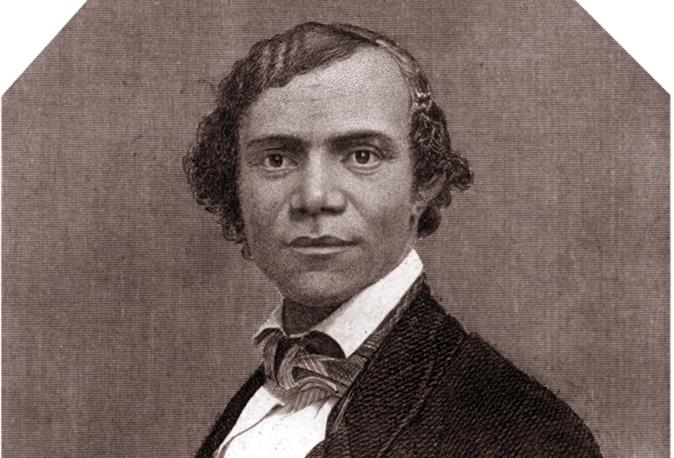For Canadians, the launch of Black History Month on Feb. 1 may bring to mind slavery and Canada’s noble legacy of emancipation through the Underground Railroad, which enabled thousands of slaves to escape to Canada (then British North America) over a 20-year period.
But few realize that slavery was also practiced in Canada, albeit on a much smaller scale than in the American South. African slaves were brought here as chattel by the French and English and forced to work as servants and farmhands.
Author and historian Afua Cooper has described slavery in the Great White North as “Canada’s best kept secret.” She says that between 1628 and 1833, Canada had approximately 8,000 slaves, but it’s a part of the country’s history that is not well known.
“Canada conveniently forgot its own history of slave-holding, because that would make the country look immoral, indecent,” says Cooper.
“The narrative of the Underground Railroad has superseded this narrative of enslavement in Canada, because Canada was able to use the Underground narrative to distinguish itself from the United States, which for several centuries was an enemy.”




